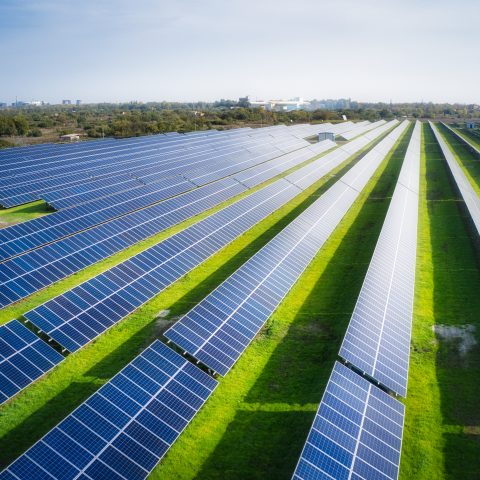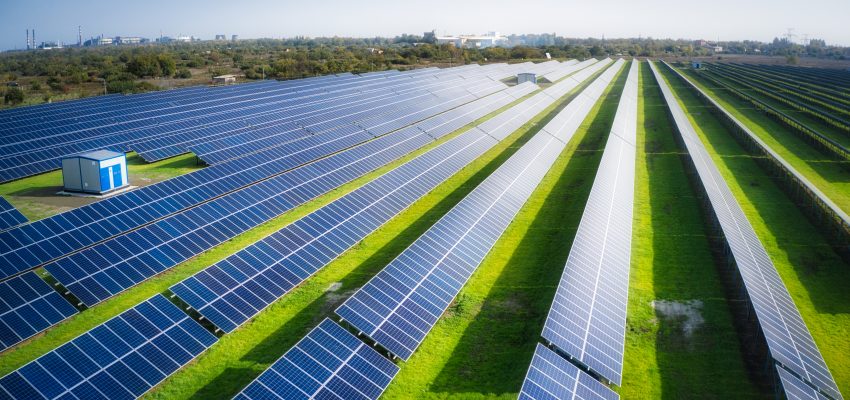We made excellent progress towards our sustainability goals in 2021. Being a good steward of the environment is integral to how we operate at nVent, and we strive for responsible energy, waste and water management to help protect our natural resources. In our 2021 report, released in July 2022, we announced that we are making our Planet pillar goals more ambitious. But how did we make this progress? And how will we continue to push these efforts forward?
Currently, we are focusing our Planet pillar goals in two major areas: greenhouse gas emissions and renewable energy usage. Our 2030 goals are to achieve a 50% reduction in Scope 1 and Scope 2 greenhouse gas emissions relative to 2019 and reach >25% renewable energy consumption across our business. While these are ambitious goals, we plan to achieve and exceed them through a combination of increased efficiency in production and investments in renewable energy.
“As we looked at our 2021 results, we recognize that we made a tremendous amount of progress,” said Joel Pettit, environmental health and safety director and Planet pillar lead. “We nearly achieved the goals we had set a year ago. Because of that, we wanted to take a look at that and say, ‘Okay, with the amount of momentum we already have, how can we do more?’ Beyond that, we do not want to stop at the 2030 goals we announced in our ESG report. We want to look past that to leverage what we have done to continue to push this thing forward.”
“Renewable energy contracts played a big role in our progress, along with reducing the amount of energy we used per product we produced,” said Sara Zawoyski, CFO and executive sponsor of the Planet pillar. “It takes both elements: bringing more renewable energy into our operations, but also the tremendous progress that we’re making reducing our CO2 emissions through more efficiencies in our factories and distribution centers.”
This diversified approach is critical for making a meaningful impact and driving sustainability in our operations. At nVent, we recognize that we can make progress towards our Planet pillar goals by being thoughtful about both where our energy comes from and how we use it. This means rigorously assessing and repairing or replacing old equipment and continuing to lean on efforts from our employees like the “environmental treasure hunts” that take place at many of our sites. It also means digitizing data to support real-time monitoring and tracking of our energy consumption—the faster and more efficiently we can monitor and respond to the efficiency performance of our equipment, the easier it is to make improvements.
“We’re communicating a lot across the various functions around what role each person here at nVent has in helping make this happen,” said Zawoyski. “We did a lot of work last year making progress on these goals but also on benchmarking and understanding what our opportunities are to make further progress, from our plants to our offices to our vehicle programs. We are really committed to making the right investments, whether it be in people or technology, to execute our goals and ensure that we’re being good stewards of the environment.”
One critical investment is in renewable energy. In 2021, we executed green energy contracts for several facilities, including for one of our largest manufacturing sites in Anoka, Minnesota. As a result, we now draw 12 percent of our electricity from renewable sources—up from 2 percent in 2019. But renewable energy contracts, while important, will not get us all the way to the finish line. We want to add to the amount of renewable energy that exists today—for instance, by installing solar panels on facility rooftops or making investments in offsite solar installations.
Reducing and diverting waste and reducing our water consumption are also important for minimizing our impact on natural resources. We seek to optimize our resource efficiency and focus on reducing water consumption in water-stressed areas of the world. Across all our focus areas, we will continue to invest in environmental improvements, assess and make progress on the Task Force on Climate Related Financial Disclosures framework and evaluate a potential timeline and investments required to reach net zero GHG emissions. Innovation, adaptability and our continuous improvement approach allow us to help protect natural resources and provide value to our customers and the communities where we live and work.


